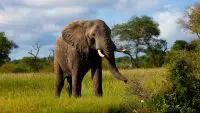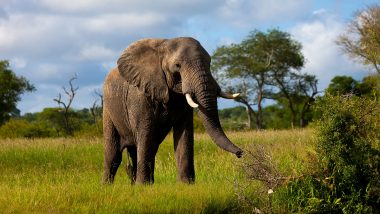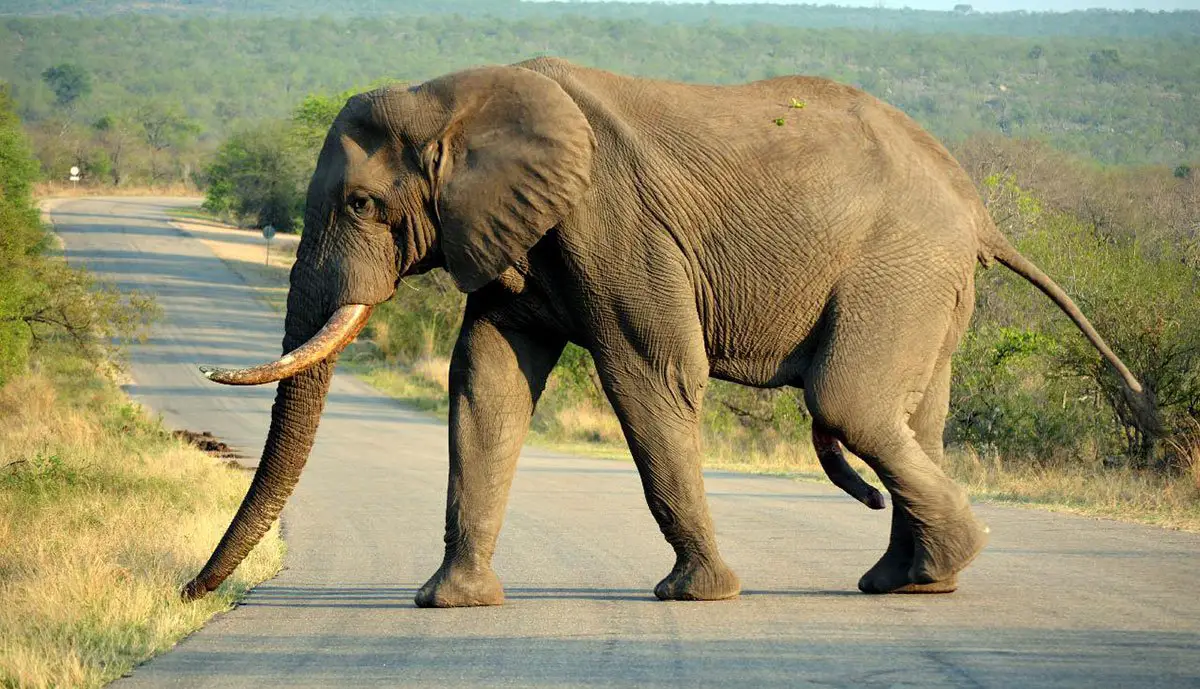The Indian elephant (Elephas maximus indicus) is one of the Asian subspecies that lives in the mainland Asia. Like many other elephants Indian elephants have also lost 50% of its population size.
Indian Elephant 🐘Facts
Adult elephants weigh as much as 4,400 and 11,000 pounds and they can grow 6.6 and 11.5 feet in shoulder height. The biggest Indian elephant ever recorded at 11.3 feet.
Indian elephants are found in India, Bangladesh, Bhutan, Myanmar, Vietnam, Nepal, Thailand, China, Laos, Cambodia, and Malayan Peninsula.
Indian elephants make homes in a wide variety of habitats such as dry deciduous forest, evergreen forests, semi evergreen forests, broadleaf moist forests, grasslands, and moist deciduous.
The Indian elephant c an eat up to 330 pounds of plants matter each day. They will consume 112 different species of plants. Indian elephant’s diet includes legumes, true grass, seedlings, lateral shoots, wood apple, kumbhi, tamarind, sedge, white thorn, and date palm. They will browse in tall grass.
an eat up to 330 pounds of plants matter each day. They will consume 112 different species of plants. Indian elephant’s diet includes legumes, true grass, seedlings, lateral shoots, wood apple, kumbhi, tamarind, sedge, white thorn, and date palm. They will browse in tall grass.
They are thought to spend as much as 19 hours a day on feeding.
Indian elephants migrate during the dry season.
The female produces one calf which weighs 220 pounds at birth. The baby elephants stay with their mother for about 5 years.
Habitat loss and degradation have currently threatened the Indian elephant’s population.
India is home to about 27,785–31,368 Indian elephants. The second largest population size occurs in Thailand estimating 2,500 – 3,200 individuals.





